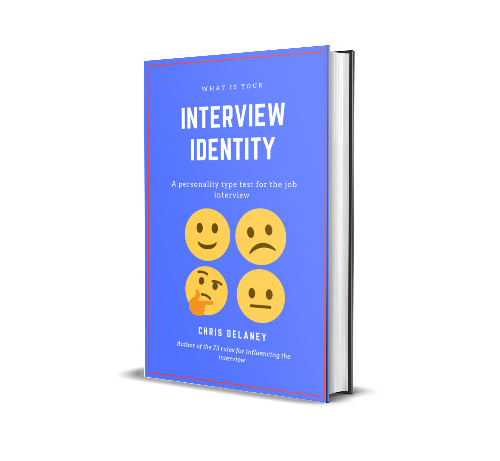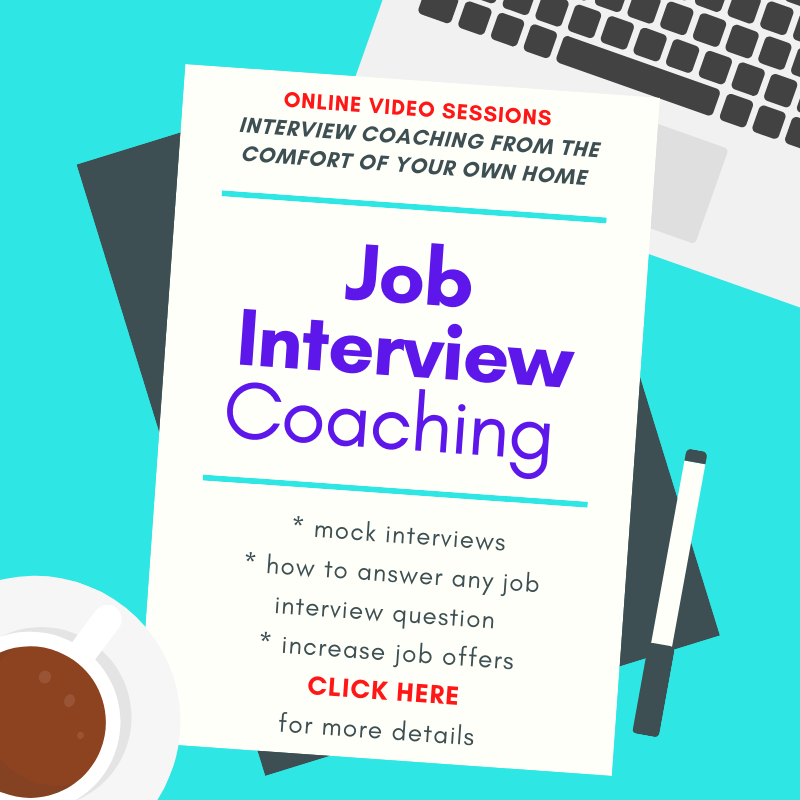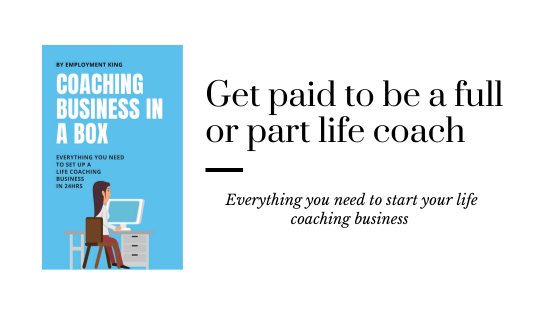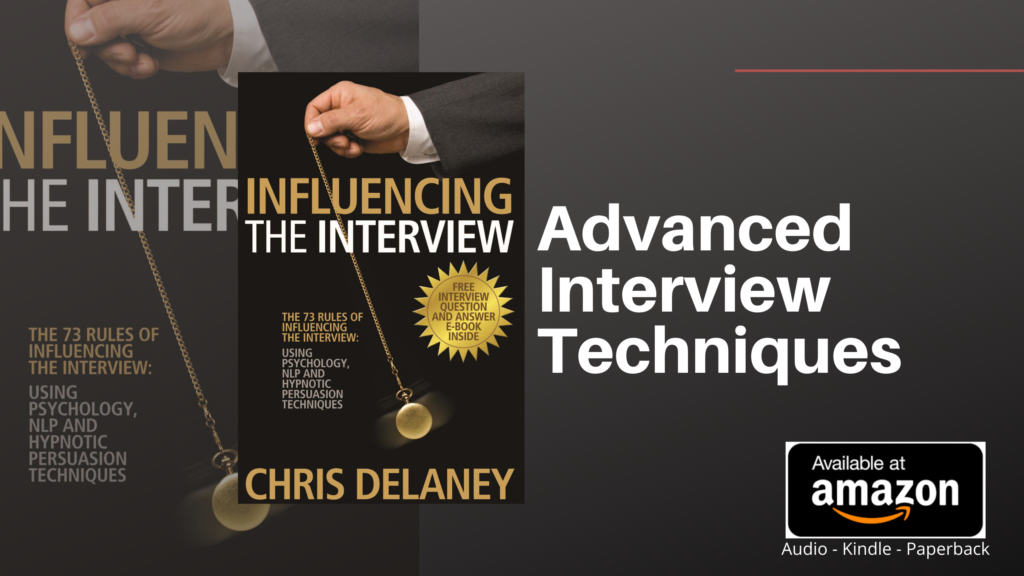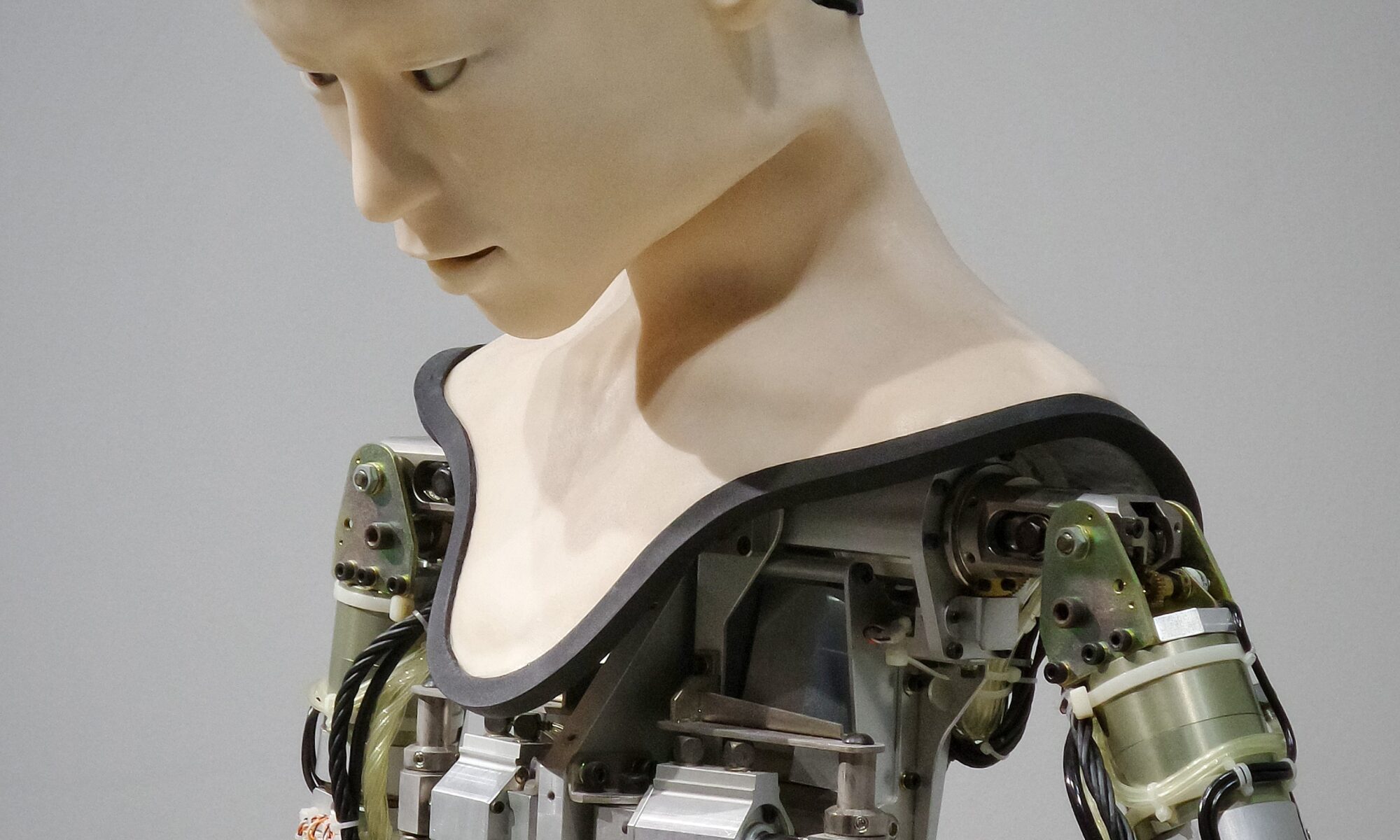Data has highlighted how today’s workforce isn’t scared of job-hopping, leading to employers having to constantly recruit new staff.
An increase in advertising the same job roles, time and time again, has resulted in a shortening of the recruitment process with hiring managers looking to streamline procedures, but some employers still enforce a 4-6 stage job interview process.
Employees are willing to quit their jobs
In a recent article on MRI Network, talking about the cost of a slow recruitment process, shared staggering HR statistics: “25 percent of people quit their jobs in 2021; 65 percent are currently seeking out new opportunities.”
A Gallop post, sharing statistics from a report, back-up’s the job-hopping data: “21% of millennials say they’ve changed jobs within the past year, which is more than three times the number of non-millennials who report the same.”
In the same post, it goes on to explain how 50% of millennials believe they will switch employers within a 12-month period.
The job sector the advertised job role is in, as well as the demand for a career professionals skill-set, experience, and qualifications, impacts the likelihood of an employer recruiting a long-lasting suitable employee. The MRI Network article explains: “In any market, first-choice candidates always tend to disappear quickly, as they have multiple options to pursue.”
First-choice applicants are interviewees who can communicate their competencies confidently, creating a strong ‘interview identity.’
Long vs short recruitment processes
Even with a need to hire staff quickly to fill the gaps left by job-hoppers, some employers embed long recruitment processes.
On a list of HR facts in a Zoom Shift HR Stats article, they explain how: “60% of applicants quit filling out application forms due to complexity or length. (SHRM)”
The MRI article talking about ‘slow hiring’ says: “These days, employers need to act quickly and decisively, particularly when candidates are currently employed or need to relocate.”
Recruitment processes vary by sector. A detailed study, by Linkedin, of over 400,000 confirmed hires between 2020-2021 shows the duration of hiring times:
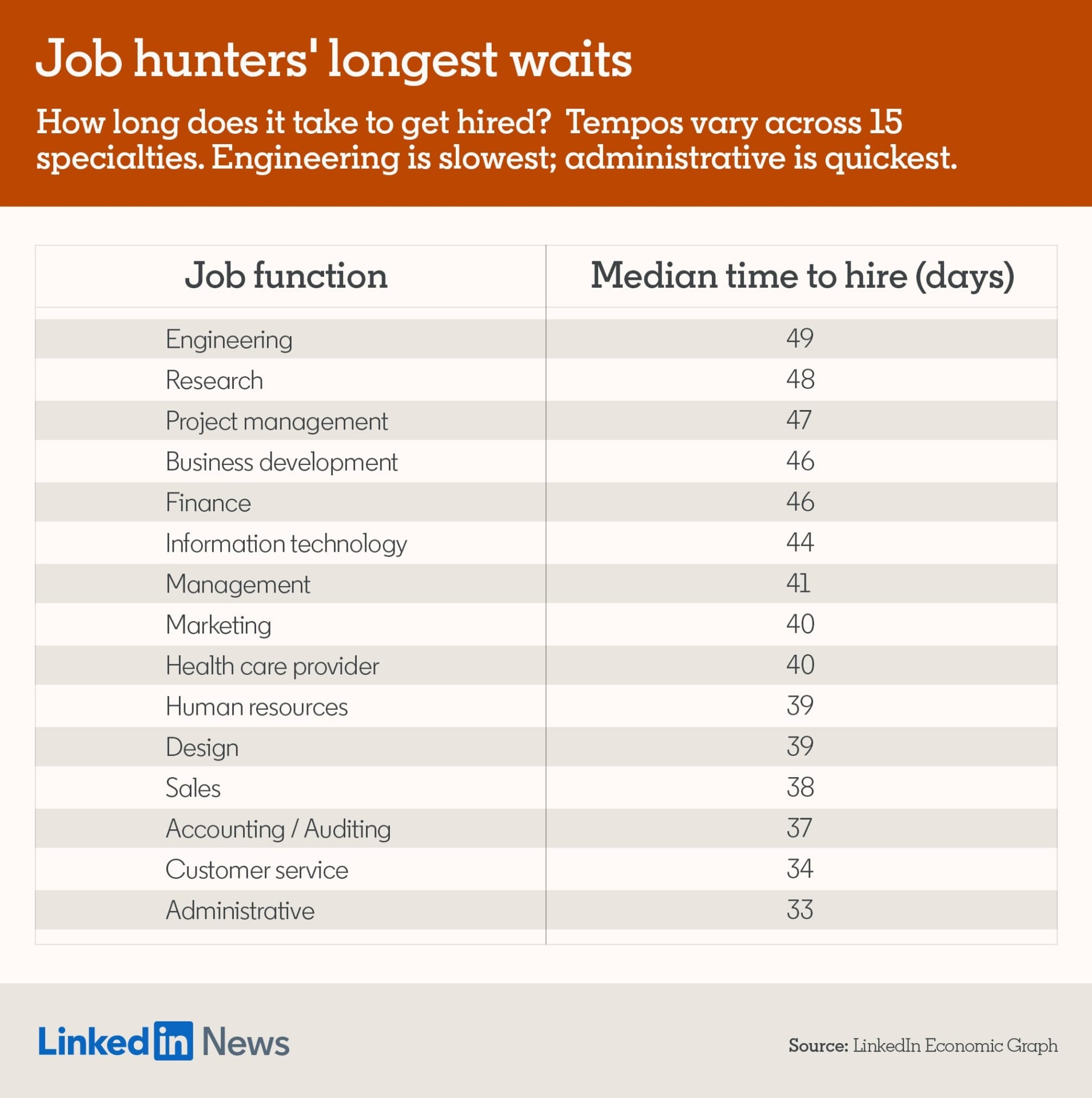
The graph shows how industries that value ‘precision’ have a longer recruitment process. But why? The Linkedin article explains: “Companies in the tech industry tend to value precision — sometimes false precision — over speed…. can mean putting candidates through endless technical interviews, assessing deep textbook knowledge that’s far beyond what jobs may require.”
Demand drives change
Some organisations have a higher number of applicants than others.
If a high number of career professionals seek to work at a particular company, that organisation can have a longer recruitment process without the worry of missing out on first-choice applicants.
In a Glassdoor article they explain: “On average, each corporate job opening attracts 250 résumés. Of these candidates, four to six will be called for an interview and only one will be offered a job.”
A recent press release highlighted the high number of applicants for global brands: “1 million people applied for a job at Amazon as part of Career Day 2021”
An advice article about getting a job at Google on the Independent shared eye-opening Google recruitment stats: “Google receives more than three million applications a year and hires just 7,000 people”
The automated job process
The extreme number of job applicants has resulted in HR teams utilizing artificial intelligence robots to screen applicants and to act as job interviewers.
An HR research report from 2020 started: “a third (of HR teams) – 33% anticipate high or very high use of AI in two years.” Whereas other information shows how the pandemic has already created a faster move towards the use of asynchronous video interviews.
Algorithms have a cost-saving advantage over humans, as the AI bot is able to scan a higher number of applications per day than a human HR staff member.
The increase in online AI job interviews is making career professionals nervous, with a Linkedin poll showing how two-thirds of people are more nervous being interviewed by a robot than a human.
How many interviews do I have to attend before getting a job?
Interesting 2021 HR stats were shared on Zety.
How many job interviews are needed prior to a job offer? Zety said:
“According to recruiters –
- Three – 51%
- Four – 22%
- Two – 17%
- 5 or More – 9%
- One – 1%
(2017 Recruiter Sentiment Study MRI Network)“
Job interviews often include:
- A screening interview (more commonly completed by an AVI – asynchronous video interview)
- Strcutured job interview – testing competencies
- Expert knowledge interview – this can take the form of a test, activity (an actor playing out a situation) or panel interview
- Strength-based interviews looking at ‘company fit’
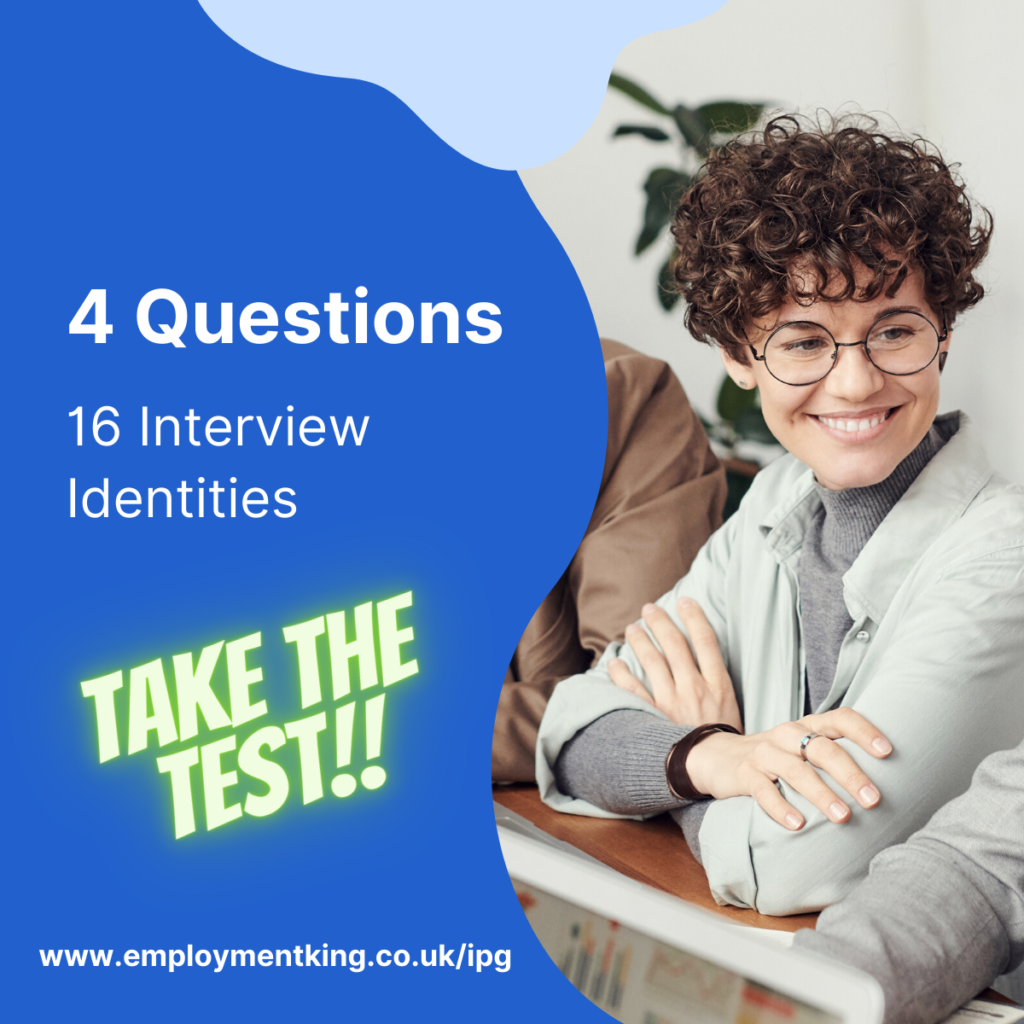
Number of job interviews by company
Organizational recruitment processes change over time and different roles within the same business will require a different number of job interviews.
Many hiring managers will state the number of job interviews on their website and in the job specification.
The below stats will help give a general idea of the number of job interviews require to pass the hiring process.
Amazon Technical Roles – at least 5 interviews.
- Screening interview
- Hiring manager interview
- Written test
- 2-9 ‘loop interviews, inclduing one with a ‘bar raiser‘
Google job interviews – a round 4 stages
- Online assessment
- Short virtual chat
- Project wrok
- In-depth interview
How many job interviews when applying to Microsoft – 4-5 interviews
- Screening interview
- Phone interview
- On-site interview
- HR Interview
Apple interview process – 4 interviews
- Screening interview with a recruiter
- Screening interview with a hiring manager
- Techncial interview
- On-site interview

3 Interviews as part of the Walt Disney recruitment process
- Screening interview
- Assessment centre
- Face to face interview
Coca Cola company hiring process – 2 job interviews
- Phone interview
- Panel interview
How many interviews at IBM? 3 rounds
- Video interview
- Assessment
- Final interview
6 Virgin job interview rounds
- Get to know you call
- On-demand vidoe interview
- Assessment
- Discovery day
- Live virtual interview
- Face to face interview



